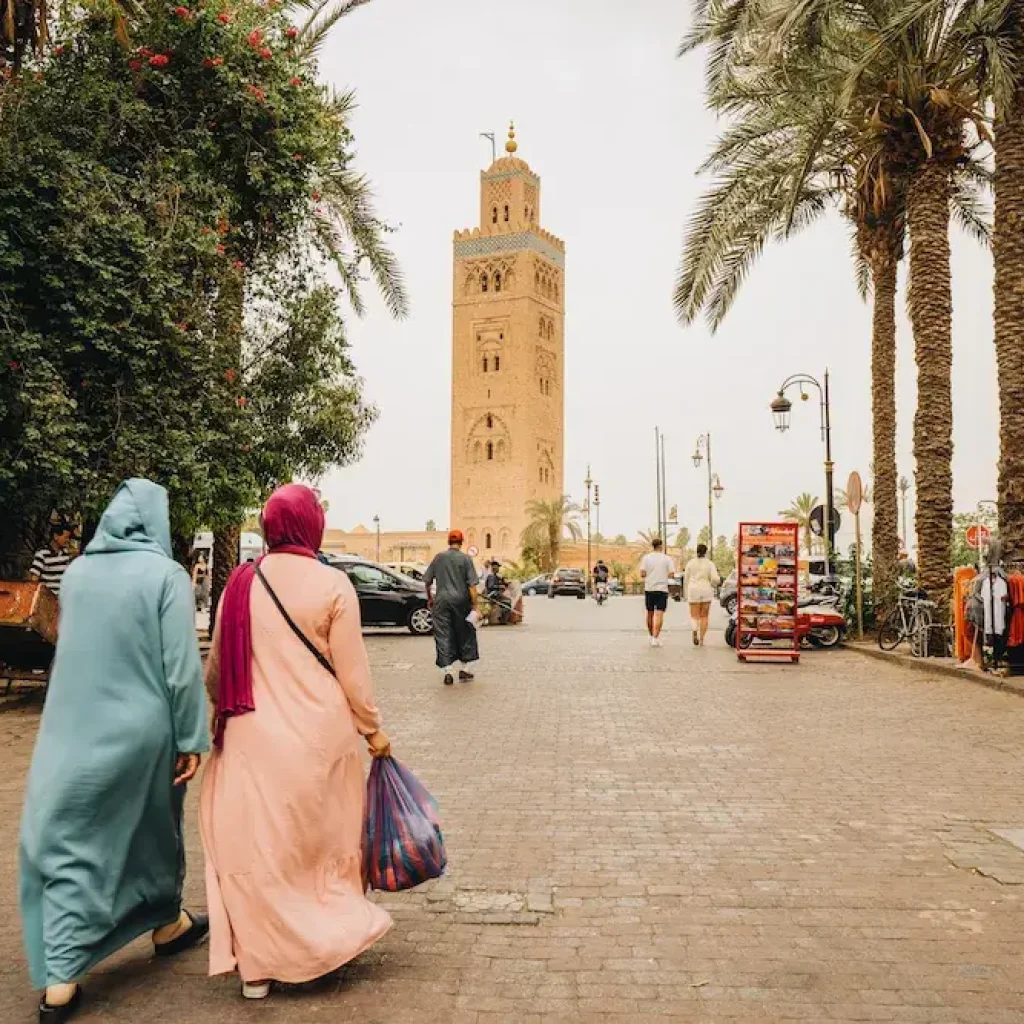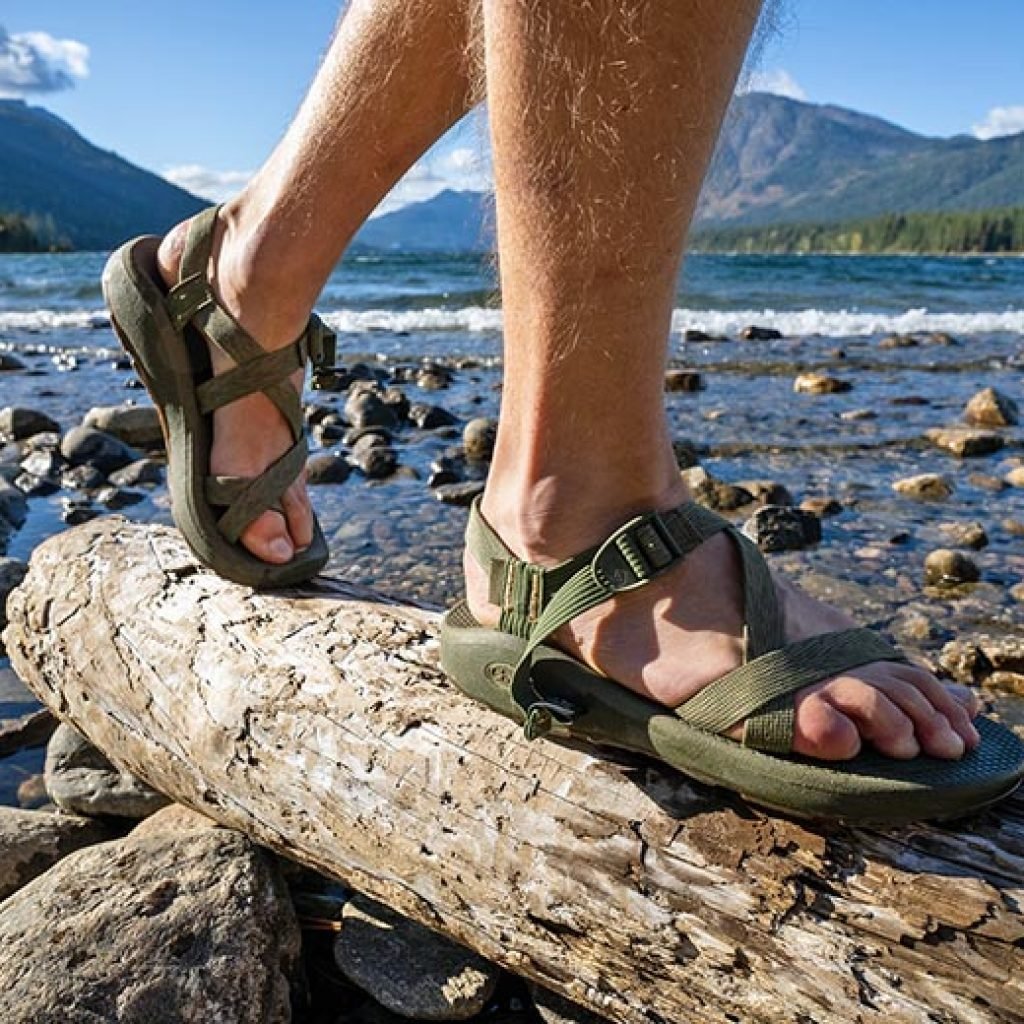Weblink Category
Morocco, with its rich cultural heritage and diverse landscapes, is a destination that attracts travelers from all over the world. Whether you’re exploring the bustling streets of Marrakech or the serene dunes of Merzouga, knowing what to wear is crucial for comfort, respect, and practicality. This comprehensive guide will cover all aspects of dressing appropriately in Morocco, focusing on key destinations like Marrakech and Merzouga.
Understanding Moroccan Dress Code
Cultural Sensitivity and Respect
When visiting Morocco, it’s important to dress modestly out of respect for the local culture, which is predominantly Muslim. This doesn’t mean you have to cover yourself completely, but wearing revealing clothing is generally frowned upon, especially in rural areas and religious sites. Modesty shows respect for the local customs and helps you blend in more comfortably with the residents. For women, this often means covering shoulders, cleavage, and knees, while men should avoid wearing tank tops and overly short shorts.
Climate Considerations
Morocco’s climate varies significantly across its regions. Marrakech experiences hot summers and mild winters, while Merzouga, located in the Sahara Desert, has extreme temperatures with hot days and cold nights. Dressing appropriately for the weather will ensure your comfort throughout your trip. In Marrakech, temperatures can soar above 100°F (38°C) in the summer, making lightweight and breathable fabrics essential. Conversely, the winter months can be quite chilly, particularly in the mornings and evenings, necessitating warmer layers.
What to Wear in Marrakech

General Guidelines
In Marrakech, the key is to balance comfort with cultural respect. Lightweight, breathable fabrics are ideal due to the city’s warm climate. Loose-fitting clothes not only help with ventilation but also align with local customs. Cotton, linen, and bamboo fabrics are your best bet for staying cool. Marrakech is a vibrant city with bustling souks, stunning palaces, and picturesque gardens, and you’ll want to be comfortable while exploring all it has to offer.
For Women
Dresses and Skirts: Maxi dresses and skirts are perfect as they are both modest and cool. Avoid very short skirts or dresses. These longer options will not only keep you comfortable but also protect you from the sun. They are ideal for both day and night, allowing you to transition seamlessly from exploring the medina to dining at a local restaurant.
Tops: Choose tops with sleeves that cover at least your shoulders. T-shirts and blouses made of cotton or linen are great options. Sleeveless tops can be layered with a light scarf or shawl to cover your shoulders when needed. This way, you can adapt your outfit easily depending on where you are and what you’re doing.
Pants and Shorts: Loose pants like palazzos or harem pants are comfortable and stylish. If you prefer wearing shorts, make sure they are knee-length. Lightweight trousers are also a good option and can be paired with various tops for a versatile wardrobe.

Footwear: Comfortable sandals or flats are ideal for walking around the medina. Avoid high heels due to the cobblestone streets. Opt for shoes with good support as you’ll likely be doing a lot of walking. Closed-toe shoes can also be useful for protecting your feet from dust and dirt.
Accessories: A wide-brimmed hat and sunglasses are essential to protect yourself from the sun. A light scarf can be useful for covering your head when visiting mosques. This scarf can also serve multiple purposes, such as providing extra warmth in the evenings or being used as a blanket during travel.
For Men
Shirts: Light, breathable shirts with short or long sleeves are suitable. Avoid tank tops, which are generally not worn in public. Button-down shirts made from cotton or linen are versatile and can be worn casually or dressed up for nicer dinners.
Pants: Lightweight trousers or knee-length shorts are recommended. Jeans can be worn but might be too hot during summer. Chinos or cargo pants are good alternatives as they are comfortable and suitable for various activities.
Footwear: Comfortable walking shoes or sandals are best. Ensure they are sturdy enough for uneven surfaces. Sneakers or hiking shoes can also be a good choice if you plan on doing a lot of walking or trekking.
Accessories: A hat and sunglasses are advisable to protect against the sun’s rays. A light jacket or sweater can be useful for cooler evenings or when visiting higher altitudes.
Marrakech What Not to Wear
For Women
Avoid wearing very short skirts or shorts, strapless tops, or anything that shows too much cleavage. Tight, body-hugging clothes can attract unwanted attention and may be considered disrespectful. It’s also best to avoid clothing with offensive language or imagery. While Marrakech is relatively liberal compared to rural areas, dressing modestly shows respect for local customs and can make your trip more enjoyable.
For Men
Refrain from wearing tank tops, very short shorts, or any clothing with offensive prints or messages. While more relaxed than female dress codes, maintaining a level of modesty is still appreciated. Avoid overly casual beachwear or gym clothes when walking around the city.
What to Wear in Morocco
Seasonal Variations
Spring (March to May): Light layers are ideal. Mornings and evenings can be cool, so pack a light jacket or cardigan. During the day, temperatures can be warm, so breathable fabrics are key. This is a great time to visit Morocco as the weather is generally pleasant.
Summer (June to August): Opt for the lightest fabrics and loose-fitting clothes. A hat and sunglasses are essential. The heat can be intense, especially in the interior and desert regions. Stay hydrated and seek shade during the hottest parts of the day.
Autumn (September to November): Similar to spring, light layers work best. A sweater for cooler evenings is recommended. This season is also a popular time for festivals and events, so having a versatile wardrobe is beneficial.
Winter (December to February): Though milder than many places, Morocco can get chilly. Pack warmer layers, especially for the evenings. In mountainous regions like the Atlas Mountains, you may even encounter snow, so be prepared for a range of temperatures.
Specific Locations
Cities (Casablanca, Rabat, Fez): Urban areas are slightly more liberal, but modest clothing is still advised. You’ll find a mix of traditional and modern attire, so you can be a bit more flexible with your wardrobe. However, dressing conservatively is still a sign of respect.
Coastal Areas (Essaouira, Agadir): Beachwear is acceptable at the beach, but cover up when away from the shore. A light cover-up or kaftan is perfect for transitioning from the beach to local cafes or markets. The coastal breeze can be cool, especially in the evenings, so a light jacket or sweater can be useful.
Rural Areas: Dress conservatively. Long sleeves and pants are preferable to show respect for local customs. In these areas, traditional attire is more common, and dressing modestly helps you blend in and be respectful of the local culture.
What to Wear in Morocco as a Woman
Practical Tips
Breathable Fabrics: Cotton, linen, and bamboo fabrics are your best friends in the Moroccan heat. These materials help to keep you cool and are comfortable to wear all day.
Layering: This allows you to adjust to the varying temperatures throughout the day. Start with a base layer and add or remove layers as needed. This is particularly useful in the spring and autumn when temperatures can fluctuate.
Scarf: A versatile item that can be used as a head covering, shawl, or even a picnic blanket. A scarf can also add a pop of color to your outfit and be used for warmth in the evenings.
Comfortable Shoes: Essential for exploring cities and landscapes. Think sturdy sandals or supportive flats. Having shoes that you can walk long distances in without discomfort is key to enjoying your trip.
What to Wear in Morocco as a Man
Practical Tips
Lightweight Clothing: Breathable fabrics to stay cool. Avoid heavy materials that can make you feel overheated.
Versatile Wardrobe: Shirts that can be dressed up or down, and trousers that are comfortable for both city walks and desert treks. This will save space in your luggage and ensure you’re prepared for various activities.
Headgear: A hat or cap to protect from the sun. This is especially important when spending time outdoors during the hottest parts of the day.
Footwear: Comfortable, sturdy shoes for walking on various terrains. Whether you’re navigating city streets or hiking in the mountains, good footwear is crucial.
What to Wear in Merzouga

Desert Essentials
Merzouga, being part of the Sahara Desert, requires special attention to your attire. The desert climate is harsh, with intense sun during the day and cold temperatures at night. Proper clothing can make your experience much more comfortable.
Daytime
Light and Breathable Clothing: Long sleeves and pants are advisable to protect against the sun and sand. Loose-fitting clothes help with ventilation and prevent sunburn.
Headwear: A wide-brimmed hat or a scarf wrapped around your head and neck can provide protection from the sun. This is crucial to prevent heatstroke and sunburn.
Sunglasses: Essential to protect your eyes from the glare and sand. The bright desert sun can be very harsh, so good quality sunglasses are a must.
Footwear: Closed-toe shoes or sturdy sandals that protect your feet from the hot sand. Make sure your footwear is comfortable for walking on uneven terrain.
Nighttime
Warm Layers: The desert can get surprisingly cold at night. Pack a warm jacket or fleece, and consider thermal layers if you’re camping. A beanie or hat and gloves can also be useful for staying warm.
FAQ’s
What should female tourists wear in Marrakech?
Female tourists should wear modest clothing in Marrakech. Opt for lightweight, breathable fabrics like cotton or linen to stay comfortable in the warm climate. Maxi dresses, long skirts, and loose pants are excellent choices. Tops should cover the shoulders and chest, and it’s a good idea to carry a light scarf for additional coverage when visiting religious sites.
How to dress in Morocco as a female?
In Morocco, female travelers should dress conservatively to respect local customs. Long skirts or dresses, loose-fitting pants, and tops that cover the shoulders and cleavage are recommended. Layering with light scarves or shawls can provide additional coverage when needed. Comfortable, closed-toe shoes or sandals are ideal for exploring different terrains.
What to avoid in Marrakech?
In Marrakech, avoid wearing very short skirts or shorts, strapless tops, or anything that reveals too much cleavage. Tight, body-hugging clothes can attract unwanted attention and may be considered disrespectful. Refrain from wearing clothing with offensive language or imagery, and avoid overly casual beachwear or gym clothes when walking around the city.
Can you wear flip flops in Marrakech?
While you can wear flip flops in Marrakech, they might not be the most practical choice. The city streets can be uneven and dusty, so it’s better to opt for comfortable sandals or shoes with good support. If you plan to do a lot of walking or exploring, closed-toe shoes can provide better protection for your feet.
- lavka-zabor.ru
- MichaelgraiB
- DanaHab
- Купить кожаный…
- DanaBrarm
- only zen plastic surgery, special sale(peti)2 months 1 week ago
- Gnb2 months 2 weeks ago
- Hope you had a wonderful time3 months 4 weeks ago
- Roommate4 months 2 weeks ago
- to join fill in the link5 months 2 weeks ago
- Seems untrue5 months 2 weeks ago
- Be careful, they reported the6 months ago
- Hi can you send me name and6 months 1 week ago
- In general, we discourage6 months 1 week ago
- Contact details6 months 1 week ago
